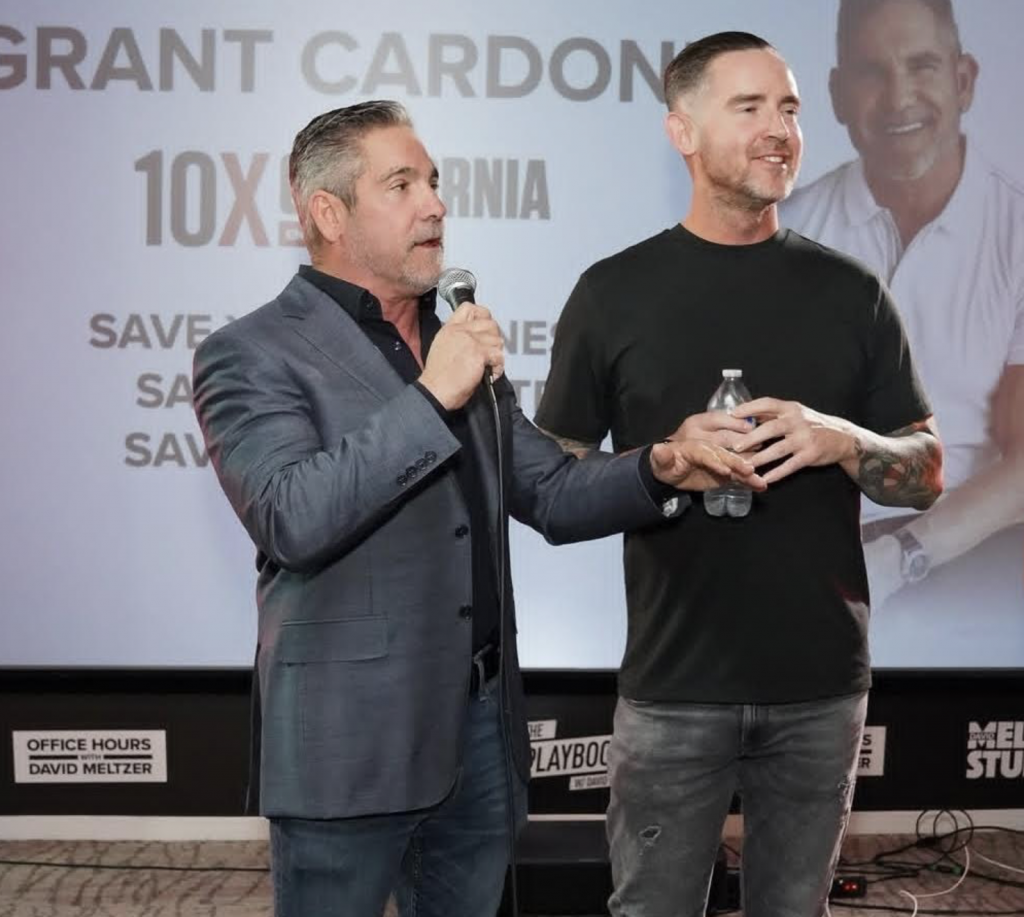Top Rolling Duffle Bags For Men
In today’s world, it is increasingly crucial for men to travel stylishly and conveniently. The perfect luggage not only aids in a smooth journey but also enhances one’s fashion taste.
Tote & Carry, a reputable brand that combines luxury aesthetics with functionality, has made a name for being the best in the industry for cross body bags for men

Their dedication to sustainability, high-quality craftsmanship, and daring style have made their bags a popular choice for travelers seeking top-notch gear.
One of their notable offerings is the rolling duffle bag for men, which provides an excellent mix of maneuverability, durability, and visual appeal.
Tote & Carry’s rolling duffle bags for laptop cater to individuals seeking both flexibility and style. These bags go beyond mere functionality; they embody a sense of confidence and sophistication.
Crafted from premium vegan leather, they exude a polished and luxurious aesthetic while ensuring long-lasting quality and resistance to various weather conditions.
The choice of material is not only for its elegant texture but also for its eco-friendly properties, providing travelers with a sustainable yet high-end alternative. Every aspect of these bags, from the texture to the appearance, reflects meticulous design considerations.

Fitted with sleek wheels and a convenient handle, these bags glide smoothly through crowded travel hubs, making navigation a breeze.
When rolling isn’t feasible, the bag’s sturdy handles allow for easy lifting and carrying. This flexibility is a game-changer for travelers who encounter varied terrain or want to minimize fatigue on extended trips.
The option to seamlessly switch between rolling and carrying modes sets these duffles apart from more conventional luggage options.
The bags are distinctive because of their well-thought-out interior design. The large main section is perfect for longer journeys, accommodating clothes, footwear, and necessary travel items.
Tote & Carry’s top rolling dufflebag incorporates clever sections and secure zipped pockets to maintain organization, whether it be toiletries, electronic devices, or personal items.
These bags are crafted to assist users in packing efficiently while ensuring ample space and easy access. Each item has its designated spot, and the interior arrangement shows a profound comprehension of modern travel needs.
The design remains a signature aspect of every Tote & Carry product. The rolling duffle bags are available in a wide range of colors and styles, allowing men to express their personality while staying functional.
From classic black and tan to vibrant colors like red, blue, and metallics, there is a version of the bag to suit every taste. High-end details like gold-tone zippers, embossed logos, and polished hardware add to the luxury feel.
The structured silhouette ensures the bag maintains its shape, even when full, and enhances the professional appearance of the carrier.
Tote & Carry excels in providing comfort for travelers with their travel bags. The rolling function ensures a quiet and effortless journey, while the padded handles offer a comfortable grip when carrying by hand.
The ergonomic design guarantees a pleasant user experience, making the bags not only visually appealing but also enjoyable to use.
Users have noted a significant increase in overall comfort when using these bags, whether rolling them through a terminal or carrying them upstairs, compared to traditional duffle bags.
Tote & Carry’s bags frequently garner attention and spark conversations, with their striking yet refined designs turning heads in upscale settings such as airport lounges and hotel foyers.
The brand’s distinctive aesthetic is unmistakable, yet understated, making its bags easily identifiable without being overly flashy. This blend of sophistication and subtlety enables them to seamlessly transition between formal business trips and casual weekend escapes.
By emphasizing sustainability, inclusivity, and cutting-edge fashion, the company designs products that resonate with modern consumers’ values.
Through the use of environmentally friendly materials and ethical manufacturing methods, Tote & Carry establishes a strong bond with customers who seek to align their purchases with their beliefs.

These duffle bags are more than just travel accessories; they represent a lifestyle that prioritizes excellence, accountability, and creativity.
Tote & Carry continues to lead the charge in redefining what travel accessories can be. Their rolling duffle bags are more than just functional– they’re aspirational, designed for men who are always on the move but refuse to settle for ordinary.
With standout style, reliable performance, and thoughtful construction, the the bags from Tote & Carry are not only a wise investment for travel– they’re a bold declaration of modern masculinity and timeless design.




